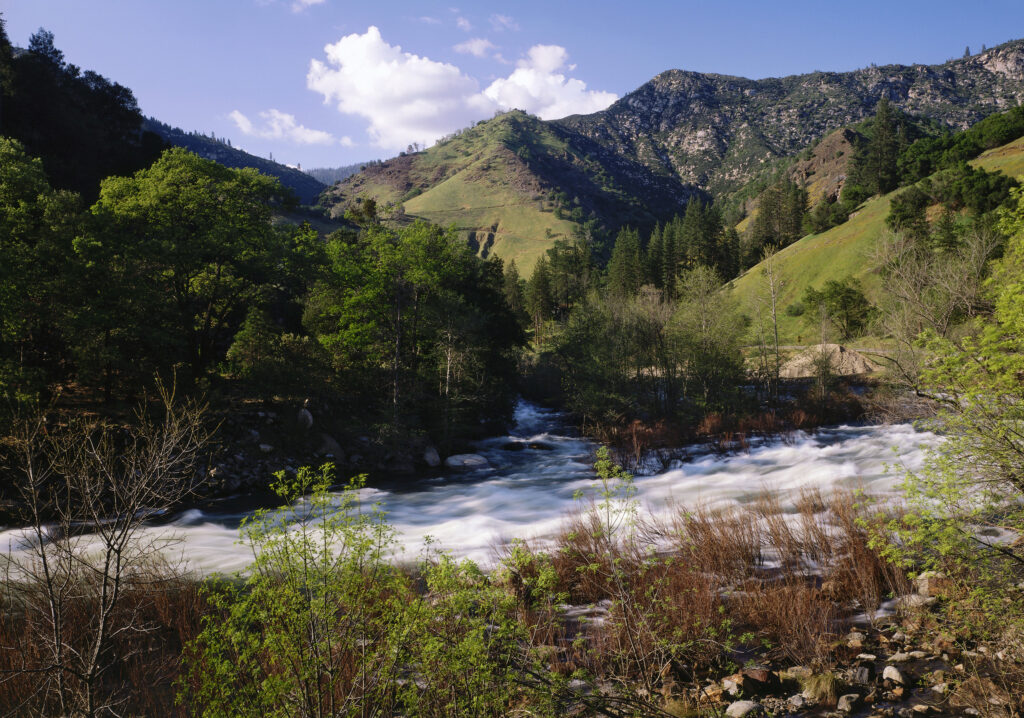How much oil can we expect to get out of the very first tar sands mine on American soil? About six hours worth.
That’s how long the 4.7 million barrels of bitumen that U.S. Oil Sands Inc plans to extract from a 62-acre mine in eastern Utah would sate our American oil demands.
Back in April, I wrote about the prospects of tar sands mining in the American West.
As DeSmogBlog readers are well aware, tar sands are being aggressively extracted up in Canada – turning about 35 million acres of Alberta boreal forest into a wasteland – but up to this point, U.S. tar sands have been kept in the ground. A couple of Canadian companies are working to change that, and one, U.S. Oil Sands, has just cleared its last major legal hurdle to open up its first mining operation, the “North Pit” of the so-called P.R. Spring lease in the Uintah Basin in eastern Utah’s Colorado Plateau region.
Over at InsideClimateNews, David Hasemyer has details about this latest blow to efforts – lead by two local environmental groups, Living Rivers and Western Resource Advocates – to stop the mining activities. A Utah judge sided with the Canadian company and Utah’s Division of Water Quality in “deciding that the state rightfully granted the Calgary-based company permission to mine and process oils sands without requiring a pollution permit or water monitoring at the PR Spring mining site in eastern Utah.”
On top of his review of the judge’s decision, Hasemyer recently published an incredibly in-depth and exhaustively-reported piece about the potential environmental impacts of the mine, especially on local water supplies. In this semi-arid region, the mine is expected to use “116 gallons of water per minute on a 24-hour basis.” That for the duration of the mine’s expected six years of operation.
So what will those hundreds of millions of gallons of water yield in terms of oil? How much crude can we pull from the destruction– the EIA states that at least 4,000 pounds of earth must be dug up for every 20 gallons of gasoline produced from oil sands – of these 62-acres of wilderness?
According to U.S. Oil Sands, the first 62-acre pit could yield 4.7 million barrels of bitumen over six years of operation. That’s enough to supply America’s oil demand for just under six hours, at current rates of consumption.
Sixty-two acres destroyed. Six years of mining. Over 300 million gallons of water. All for six hours worth of oil. Hardly seems worth it.
But let’s look at the bigger picture for U.S. Oil Sands, as the North Pit mine is just the first that they hope to develop in the P.R. Spring lease.
The company already has permits for another 30.5 acre “West Pit” mine, which would yield another 2.1 million barrels. That’s another two-and-a-half hours worth of oil.
Another yet-unpermitted, but proposed, mine (the 66.7 acre South Pit) contains about 3.1 million barrels. Or just under another four hours worth of oil.
All told, the permitted and proposed mines on U.S. Oil Sands’ leased land would forever spoil 159 acres and get us barely over a half a day’s worth of oil.
Image credit: Rena Schild / Shutterstock.com“>Rena Schild / Shutterstock.com
Subscribe to our newsletter
Stay up to date with DeSmog news and alerts









